|
CDSoundMaster Nice EQ v1.0 x64.Incl Keygen-R2R
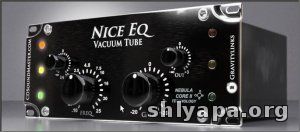 TEAM R2R | 2014.04.21 | 68.64 MB
TEAM R2R | 2014.04.21 | 68.64 MB
Links update: 01/01/2018
The "NICE EQ" brings one of the most sought after hardware eq's directly to your DAW with amazing accuracy. You are actually working with two unique hardware eq plug-ins, with Solid State and Vacuum Tube versions.
...
Read more »
|
|
eJay Techno 4 Reloaded v4.02.0017-CHAOS
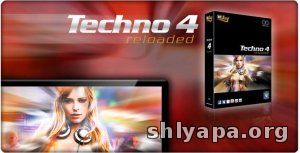 Team CHAOS | April 20 2014 | 1.34 GB
Team CHAOS | April 20 2014 | 1.34 GB
eJay Techno 4 reloaded brings home the feeling of the "Street Parade". If you have fun putting together bass, beats and melodies and you like to experiment, eJay Techno 4 reloaded is the right thing for you.
...
Read more »
|
|
eJay Techno 3.v1.01.0009-CHAOS 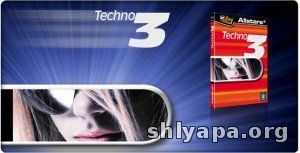 Team CHAOS | April 20 2014 | 411 MB Team CHAOS | April 20 2014 | 411 MB
CREATE THE ULTIMATE PARTY SOUNDTRACK IN MINUTES! 4 000 current sounds & loops direct from the eJay sound studios for use in your own hits. The latest sounds in Hi-Fi stereo quality.
...
Read more »
|
|
eJay House 6 Reloaded v6.01.0308-CHAOS
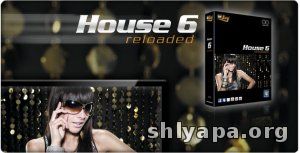
Team CHAOS | April 20 2014 | 1.40 GB
Links update: 12/06/2017
eJay House 6 reloaded makes you a real DJ. The new improved version gives you everything you need to create cool and catchy club-sounds. You don't have to be a professional or have any experience - creating and experimenting fun is enough. eJay House 6 reloaded ensures that your work comes across professionally in studio quality.
...
Read more »
|
|
eJay House v1.01.0010-CHAOS 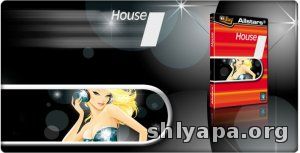 Team CHAOS | April 20 2014 | 250 MB Team CHAOS | April 20 2014 | 250 MB
Feel like going clubbing? Why not start off at home, by creating your own tunes whilst getting ready for a big night out?
...
Read more »
|
|
eJay HipHop 5 Reloaded v5.02-CHAOS

Team CHAOS | 1.61 GB
Links update: 26/07/2025
Get your rap out there!
eJay Hip Hop is back at its best, giving you the tools to get your rap sorted like you always wanted. You don’t have to be a musician, just take your pick from the vast array of sounds and effects.
...
Read more »
|
|
eJay HipHop 4 v1.01.0011-CHAOS
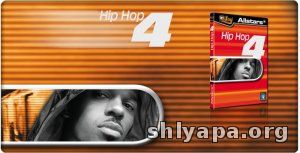
Team CHAOS | 351.98 MB
Links update: 16/10/2023
In the beginning was HIPHOP eJay, then came HIPHOP eJay 2 and Street Style, and now eJay is proud to present its latest offering in cutting-edge urban music software, HIPHOP eJay 4!
...
Read more »
|
|
eJay Dance 6 Reloaded v6.01.0251-CHAOS
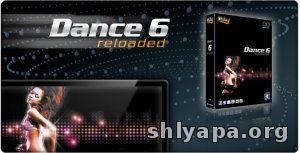
Team CHAOS | 1.72 GB
Links update: 27/01/2025
Let the dance floor quake!
eJay Dance is back! The software that has inspired fans from all over the world is now even better than ever before.
...
Read more »
|
|
eJay Dance 5 v5.07.0039-CHAOS
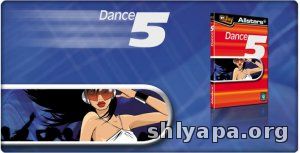
Team CHAOS | April 20 2014 | 774.59 MB
Links update: 28/10/2018
Dance 5 heralds a new dimension in music creation thanks to its incredible new interface and the first-ever 3D engine used in this sector, plus a whole host of brand new features.
...
Read more »
|
|
eJay DJ Mixstation 4 v1.01.0031-CHAOS
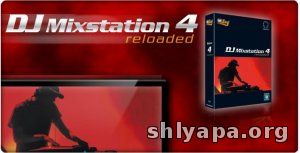
Team CHAOS | April 20 2014 | 336 MB
TURN YOUR PC INTO A DJ’in g PLATFORM!
DJ Mixstation 4 is the latest addition to the acclaimed DJ Mixstation series. It allows you to turn any PC desktop or laptop into a professional DJ Suite.
...
Read more »
|
|
CDSoundMaster N-TEN-AT4 v1.0 x86 Incl Keygen-R2R
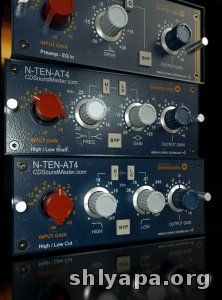
TEAM R2R | 117.55 MB
Links update: 27/09/2021
"N-TEN-AT4 VST Vintage Console Channel Strip Plug-In Suite" is a collection of Six VST Audio Plug-Ins created for use with any Windows 32-Bit audio host.
...
Read more »
|
|
Analog In The Box W735 EQ v1.4 Incl.Keygen-R2R
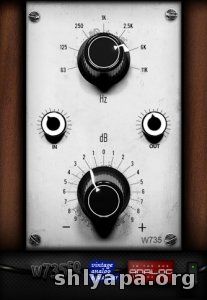 TEAM R2R | 76.89 MB
TEAM R2R | 76.89 MB
Check links: 19/02/2021 All links are alive!
About W735 EQ
The W735EQ is based on the very rare and hard to find W735/1 equalizer which was designed and manufactured by the RFZ – Rundfunk- und Fernsehtechnisches Zentralamt (RFZ) / Deutsche Post.
...
Read more »
|
|
Sony Products Multikeygen v2.5 Keygen and Patch Only-DI
 TEAM DI | 3.57 MB
TEAM DI | 3.57 MB
Check links: 21/03/2025 All links are alive!
This is a universal multikeygen like the previous was and it will work till the authors modify the protection scheme, that's why we didn't write exact version and build numbers.
...
Read more »
|
|
Zortam Mp3 Media Studio Pro v17.65-CHAOS 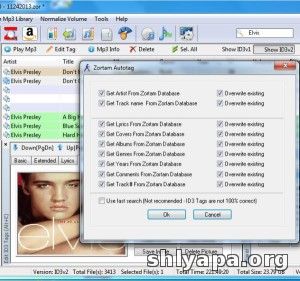 Team CHAOS | April 19 2014 | 13.4 MB Team CHAOS | April 19 2014 | 13.4 MB
Zortam Mp3 Media Studio
auto tag your Mp3 collection
Manage small to large collections of Mp3 files.
...
Read more »
|
|
Absolute MP3 Splitter v3.5.0 Incl.KeyGen-CHAOS  Team CHAOS | April 17 2014 | 2.2 MB Team CHAOS | April 17 2014 | 2.2 MB
Absolute MP3 Splitter Converteris a powerful audio split,merge and convert software,which can split your large audio file into small pieces and merge audio files in one large file ,convert between audio formats, without losing sound quality.
...
Read more »
|
|

